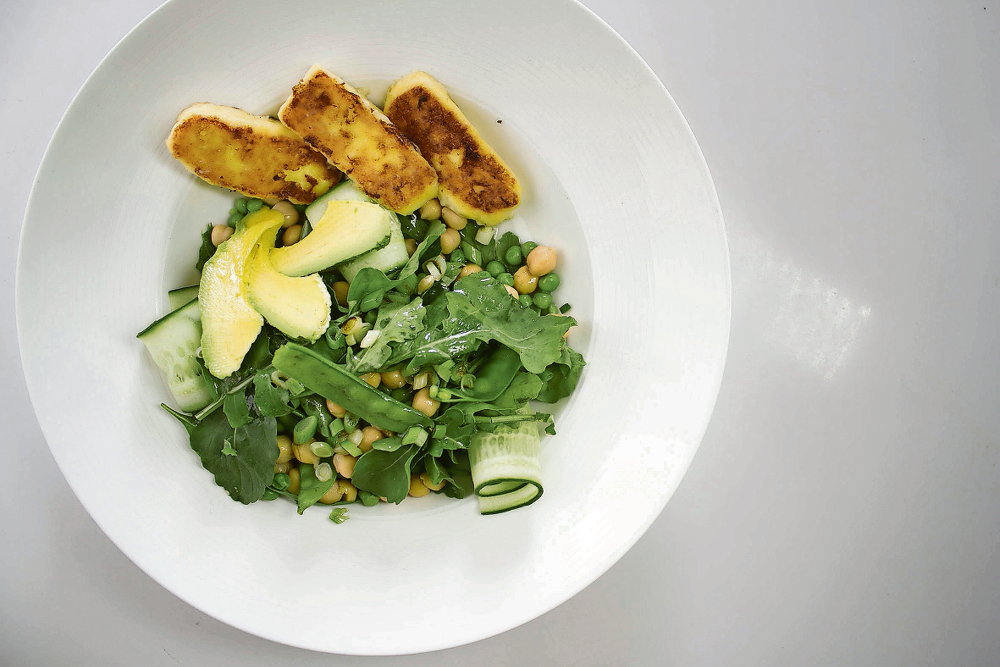Star attractions: Elsewhere in the city of Grahamstown
These days, one hardly ever sees a substantial profile of a local theatre actor, director or playwright in print. Instead, chefs are the new celebrities. They are lovingly profiled and photographed in the newspapers and magazines.
They star in their own television series, autograph their latest cookbooks to lines of salivating fans, and launch lucrative new ranges of condiments and merchandise. People jostle for a seat at the latest restaurant opening, yet the latest dramatic premiere struggles to fill a house.
Menus are more eagerly read than play scripts; restaurant reviews are more anxiously awaited than theatre notices. The rich baulk at spending R100 on a theatre ticket, but hardly blink an eye when paying R95 for a warm octopus terrine as an appetizer.
Coming from Cape Town, where food has superseded what we used to understand as culture, I was curious to see whether there was any such shift in Grahamstown, home to the National Arts Festival. There have been some brief forays by food into theatre. The late Peter Hayes was one of the first to spot the trend with his interactive production Play with Your Food back in 1999. There followed a short-lived spate of shows capitalising on the new national obsession with gastronomy.
At the festival this year, there is only Don’t Burn Your Sausage, a “marriage of food and sex”, with chef-comedian duo Chris Forrest and Pete Goffe-Wood.
I used to come here to review plays; now I’m here to write about the restaurants. I can safely say that the theatre is unassailed by competition from food in Grahamstown. There isn’t a sous vide water bath in sight; no foams, gels or crystallisations. The town is fusion-free. I don’t think you’ll even find fermentation.
Food in Grahamstown is stuck in the South African 1980s – pizza, pasta, burger, steakhouse. Italian is the cornerstone. Fine dining here is understood to be good, wholesome, country fare, like butternut soup. Restaurants in Cape Town strive to produce something you couldn’t possibly do at home, but here chefs do their best to approximate the hearty home-cooked meal.
Inspiring options to choose from
There is, however, the Twing sushi bar with the Wok Chinese upstairs and, at Morgan’s on New Street, Thai and Indian curries with vegan options. For a country town, this is better than most.
During festival time, some inspiring options also appear at the Village Green stalls, but this survey will confine itself to establishments open year round.
For breakfast, one of your best bets is the Red Café, a cheerful space with professional service that comes as a relief after a few days of being waited on by grinning, untrained staff. The coffee is good and they even have soya milk and gluten-free toast.

For lunch, Casa de Loco (or Crazy House), Grahamstown’s only tapas bar, is one of the better options. Also a cheery space, it attempts Mexican food that is more authentic than Tex-Mex, despite having things such as macho nachos on the menu.
137 High is comfortable and pleasant for its open fireplace, wooden floors, wrought-iron furniture and novel dining tables that have square glass insets displaying seashells. Music like the Kinks plays in the background. The food here greatly benefits from salt and pepper.
For dinner, there are three “fine dining” establishments. The oldest is Norden’s Restaurant in the Cock House. At festival time, it is a welcome respite, never overcrowded and pleasantly quiet, with oil paintings on the walls, white tablecloths, warmed plates that have withstood the test of time and weighty Sheffield cutlery.
The food is country guesthouse fare – dark, peppery mushroom soup, blue cheese and mushroom pastry, lamb shank falling off the bone and malva pudding.
Food for thought
The newcomer is Saint’s Bistro, located in Piet Retief’s Trading Store, founded in 1819. It came highly recommended and in my view is highly overrated.
Perhaps things change outside the festival period, but the food on the two occasions I tried was perfectly acceptable if you had no expectations. Patrons go for its looks – it is styled like an upmarket restaurant and I suppose that is a comfort in itself during festival time.
The best restaurant in town is Haricot’s. You may have to wait a while because it gets crowded beyond capacity. During the day, the bakery is popular for its cakes, pastries, muffins and scones. The menu is also in the South African European tradition, but the food has a depth of taste absent in its competitors.
Dishes arrive freshly prepared in homely portions. Expect thick butternut or pea and coriander soup and peri-peri chicken livers for starters.
For mains, there is the unavoidable South African lamb shank, slowly braised with mirepoix and red wine, and fillet steak with mushroom sauce. Penne, fettucine and cannelloni are served with traditional sauces.
For dessert, what else but cheesecake, malva pudding, ice creams and chocolate pots?
For this theatre critic-turned-food reviewer, Haricot’s helped keep body and soul together. But then again, we go to the festival in Grahamstown to get food for thought, not thoughts on food.
• Haricot’s, 32 New Street, Grahamstown. Phone: 046?622?2150
• Norden’s Restaurant, 10 Market Street, Grahamstown. Phone: 046?636?1287
• Saint’s Bistro, 131 High Street, Grahamstown. Phone: 046?622?3007